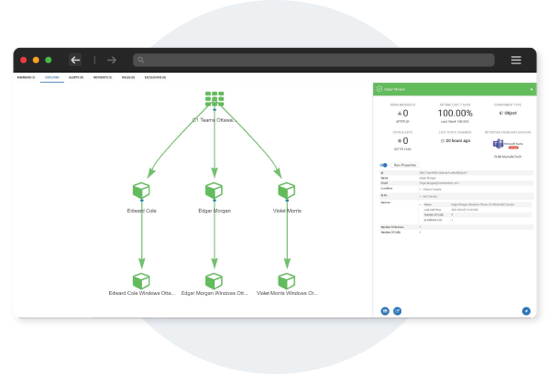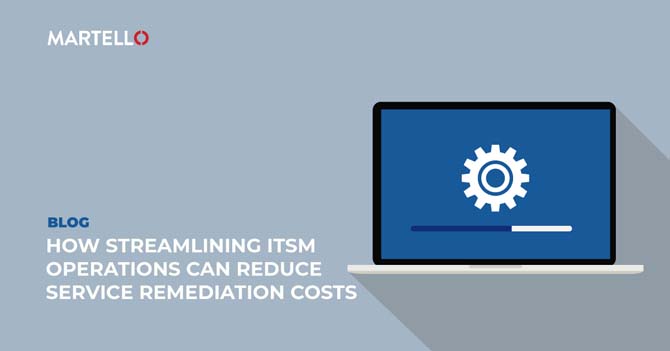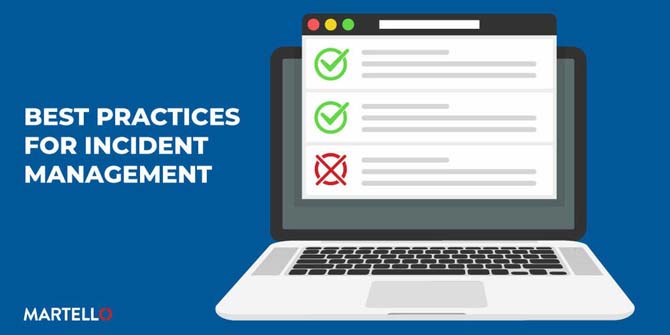Stay Ahead of a Microsoft Service Alert
The ITSM team receives a lot of data and alerts when they deal with on-premises or even cloud applications hosted on Azure or AWS. Sometimes too many, but at least they have what is needed to qualify, prioritize, and assign service incidents to the right team when a problem arises.
For Microsoft 365, it is a little bit different. ITSM must deal with 2 sources of data that usually do not help them mitigate any service interruption or degradation.
When alerts are received from Microsoft Health services, it means the problem belongs to Microsoft. This means the company cannot do much besides warning its users that the problem is under investigation. The problem is that almost 90% of the service issues are not Microsoft-related.
What data does the ITSM have to remedy those issues? Users’ tickets. Users are generally not a good monitoring tool for a few reasons. Firstly, they usually alert late when they alert (which is the case most of the time). Secondly, when they eventually alert, there is no data to back their claim. Therefore, the service management team is left with almost nothing to understand what is going on.






